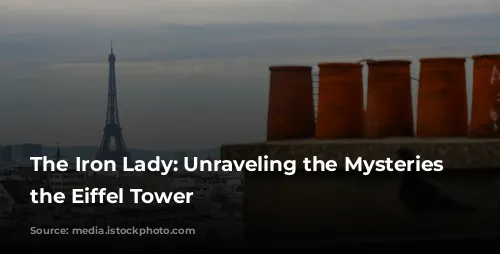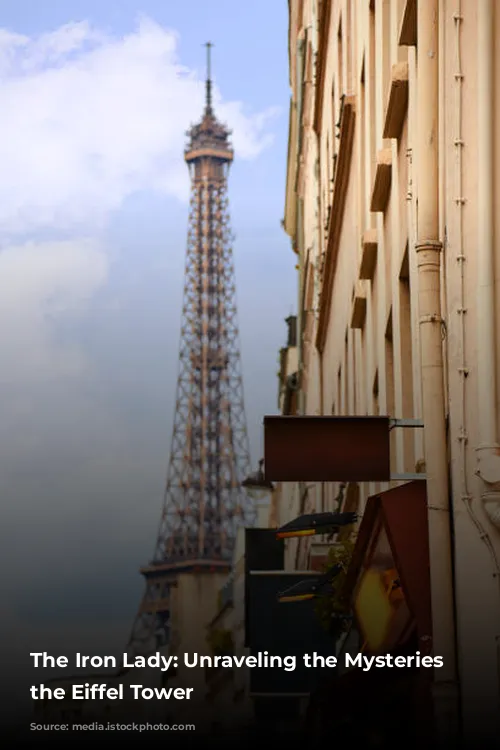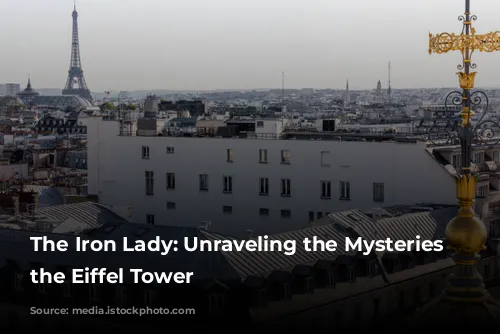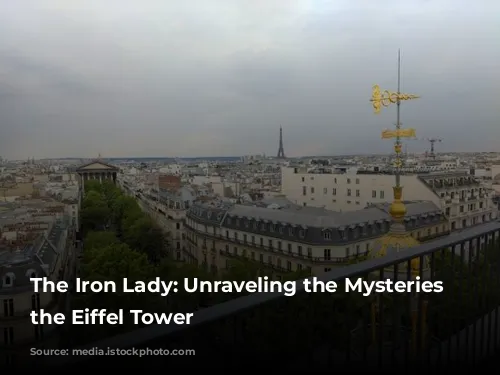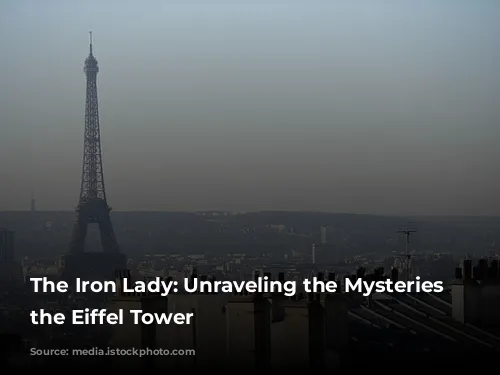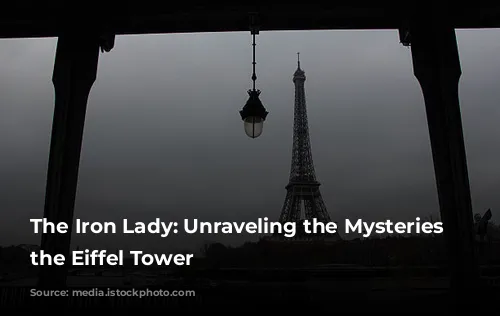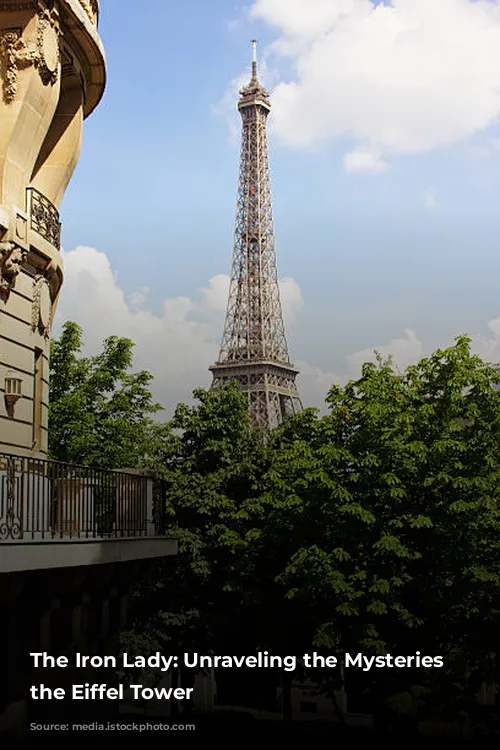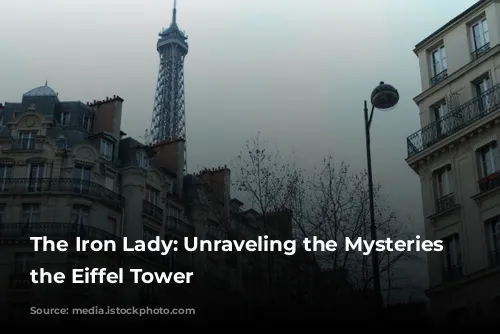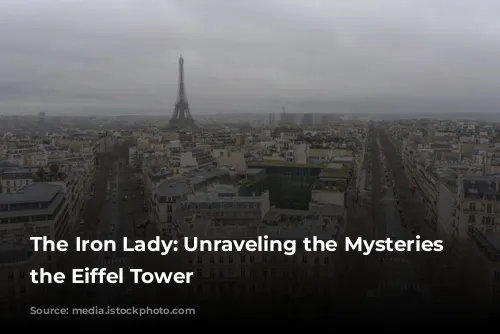The Eiffel Tower, a global symbol of Parisian elegance and engineering marvel, stands tall as a testament to the ingenuity of Gustave Eiffel. Built in 1889, the iconic tower boasts a fascinating history and an array of intriguing details. Let’s embark on a journey to uncover some of the most frequently asked questions about this architectural masterpiece.
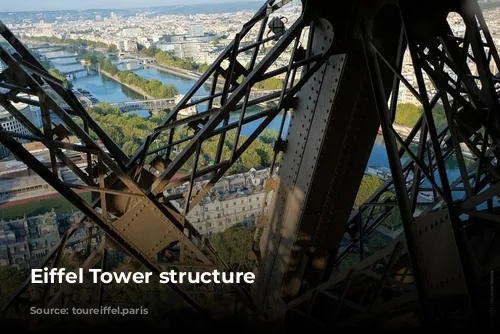
The Tower’s Construction: A Tale of Iron and Innovation
The Eiffel Tower’s journey began in 1887 when Gustave Eiffel, renowned for his groundbreaking metal structures like the Porto Viaduct and the Viaduct du Garabit, set his sights on creating an extraordinary landmark for the Paris World’s Fair of 1889. This grand event celebrated the 100th anniversary of the French Revolution and aimed to showcase the advancements in iron and steel construction.
The tower’s construction was a testament to the era’s engineering prowess. Made of iron—not steel—the Eiffel Tower’s structure was crafted from puddle iron sourced from Pompey forges in eastern France. The iron plates and beams were pre-assembled at Eiffel’s factories in Levallois Perret using rivets, a revolutionary technique for its time. This prefabricated system allowed for an astonishingly quick construction process, completed in a mere 2 years, 2 months, and 5 days.
To combat the corrosive effects of the elements, Gustave Eiffel himself recommended a thick layer of paint as a protective shield, a practice that continues to this day, with the tower receiving a fresh coat every seven years.
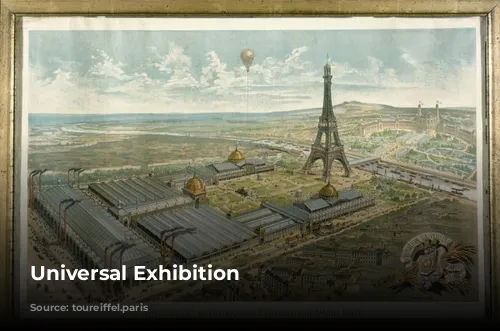
The Eiffel Tower’s Fame: A Symbol of Parisian Grandeur
The Eiffel Tower’s ascent to global fame began in 1889, when it was crowned the tallest building in the world. Its striking silhouette quickly became synonymous with Paris and captured the world’s imagination. The Tower served as a testament to French ingenuity in industrial and technological fields, showcasing the nation’s prowess on the world stage.
The Tower’s enduring appeal extends beyond its architectural grandeur. It stands as a powerful symbol of France, a constant in the ever-changing Parisian landscape. From the Grand fireworks on Bastille Day to numerous national events and sporting spectacles, the Eiffel Tower has witnessed and played a role in the unfolding tapestry of French history.
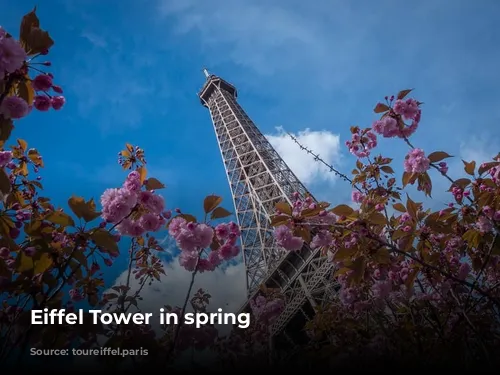
Unraveling the Eiffel Tower’s Secrets: Beyond the Surface
The Eiffel Tower’s allure lies in its captivating blend of engineering brilliance and aesthetic beauty. While its distinctive shape might conjure an “A,” its design was inspired by the towering viaducts Gustave Eiffel’s company had built. The four sturdy legs and diagonal beams reflect the structural elements of those magnificent feats of engineering.
The Eiffel Tower’s construction was a marvel of its time, completed in a record-breaking time. However, this impressive feat was achieved without any serious injuries or fatalities, a testament to the meticulous planning and safety measures employed by the construction team.

The Eiffel Tower: A Legacy of Artistic Expression
While initially perceived as an engineering marvel, the Eiffel Tower’s artistic merit has become increasingly recognized over time. The Tower, designed by Gustave Eiffel’s engineers Maurice Koechlin and Emile Nouguier, and architect Stephen Sauvestre, was chosen from a field of 107 competing projects. It has since become a captivating subject for artists, photographers, and filmmakers, serving as a muse for countless works of art.
The Eiffel Tower continues to captivate visitors from around the globe, welcoming over 6 million tourists annually. Its three levels offer stunning views of Paris, accessible via both stairs and elevators.
The Eiffel Tower stands as a symbol of human ingenuity, a testament to the enduring power of architecture, and an emblem of French cultural heritage. From its construction to its enduring popularity, the Eiffel Tower remains an icon of Parisian charm and global fascination.
